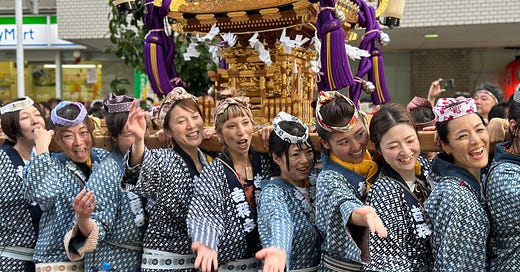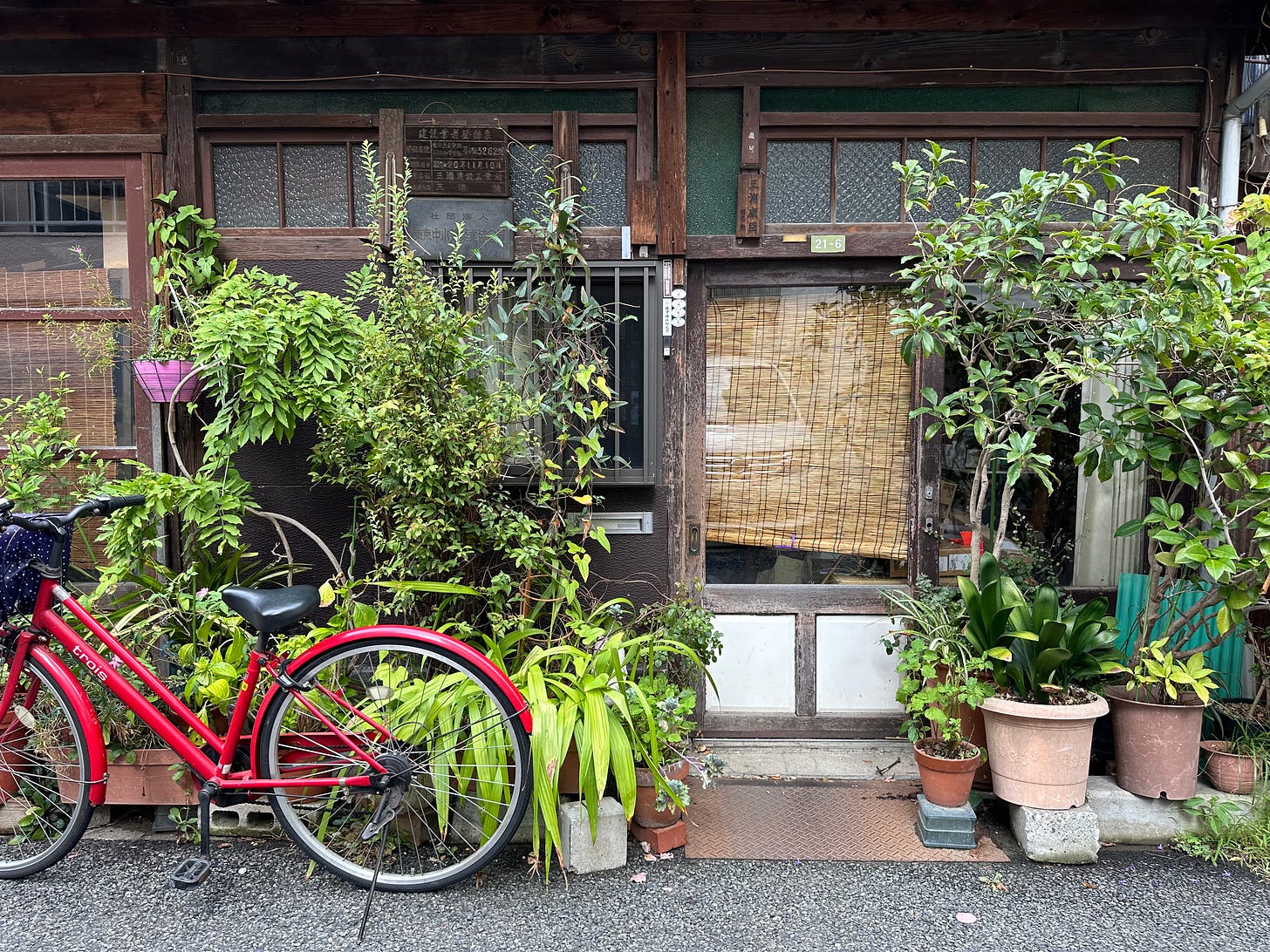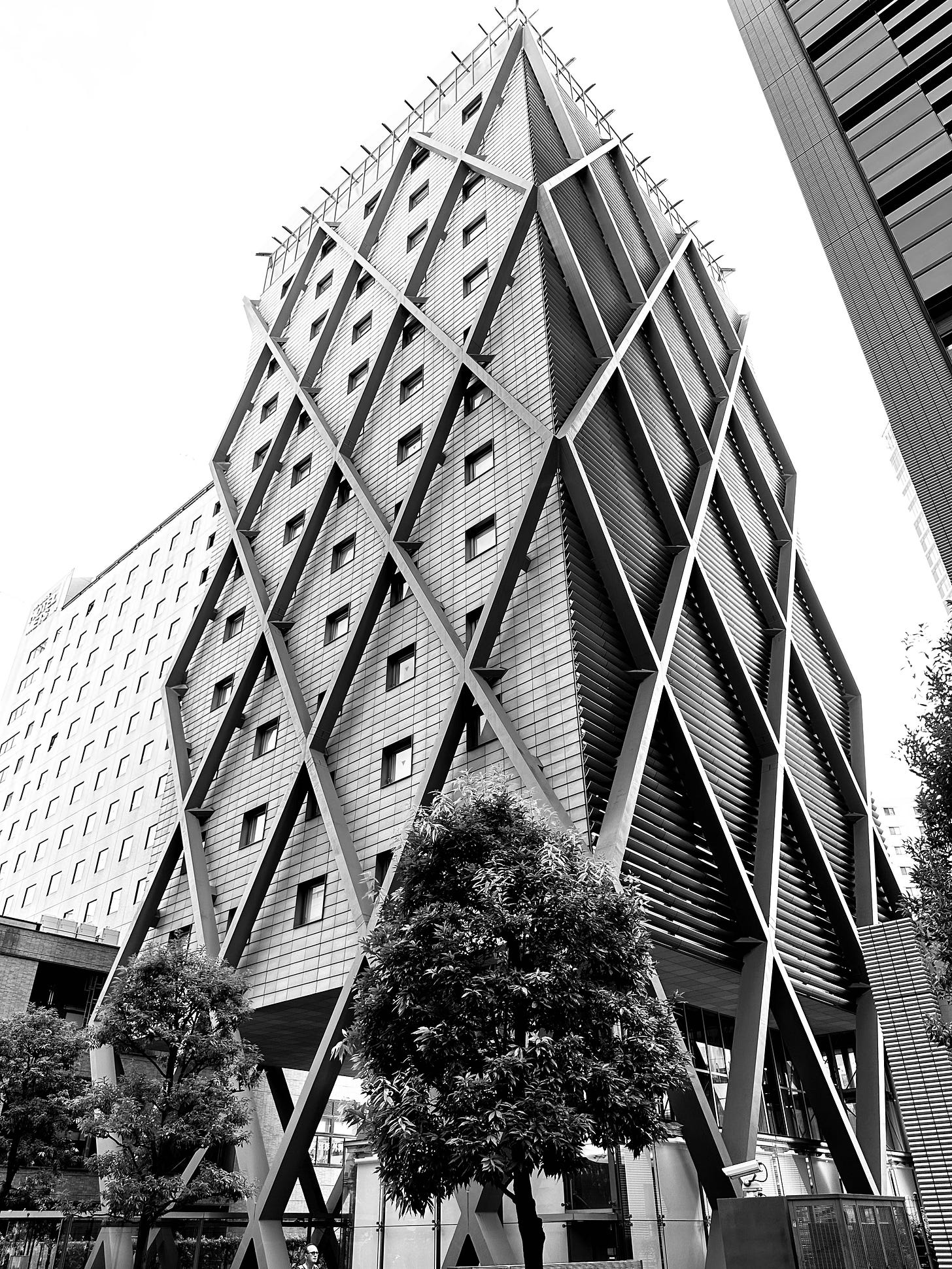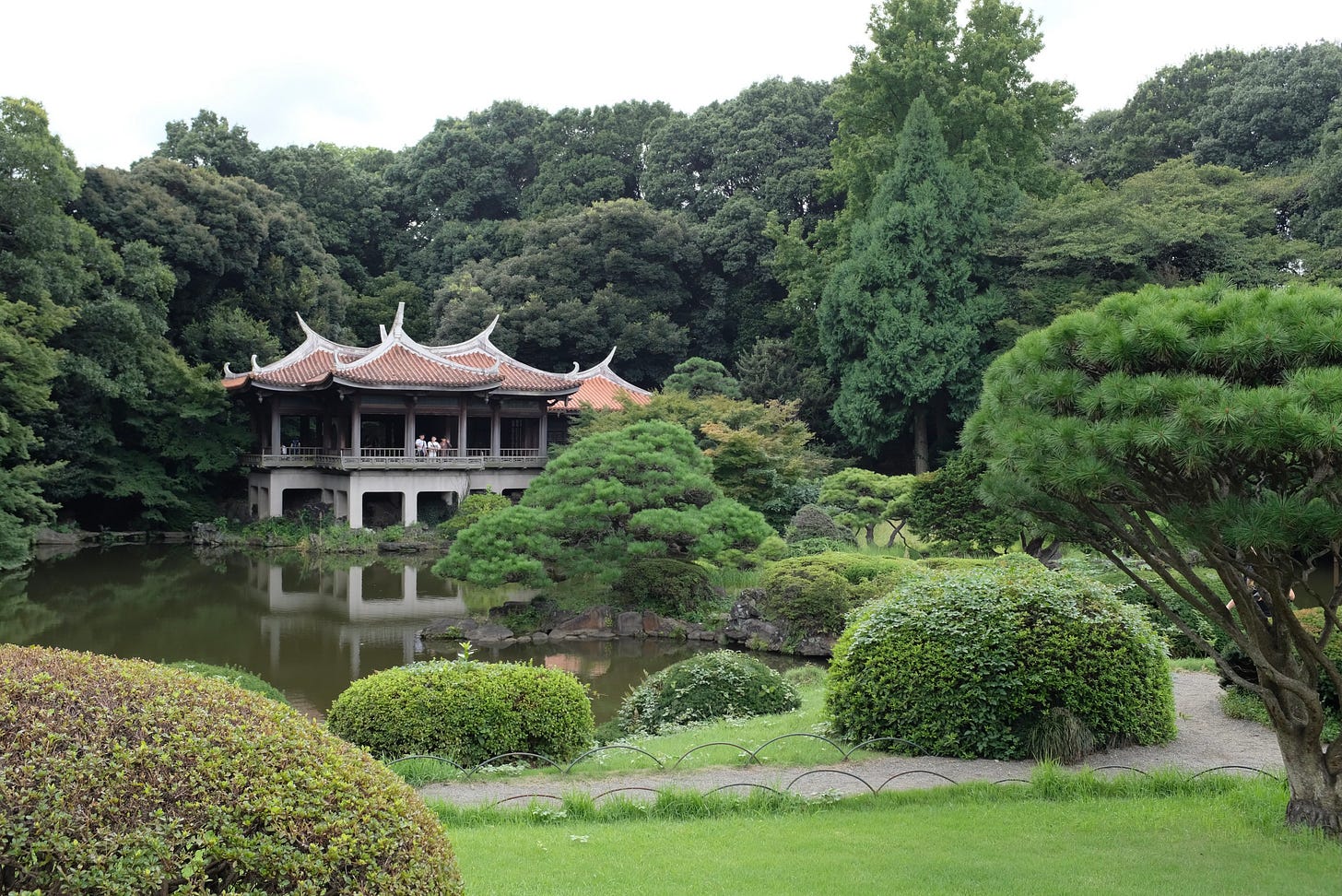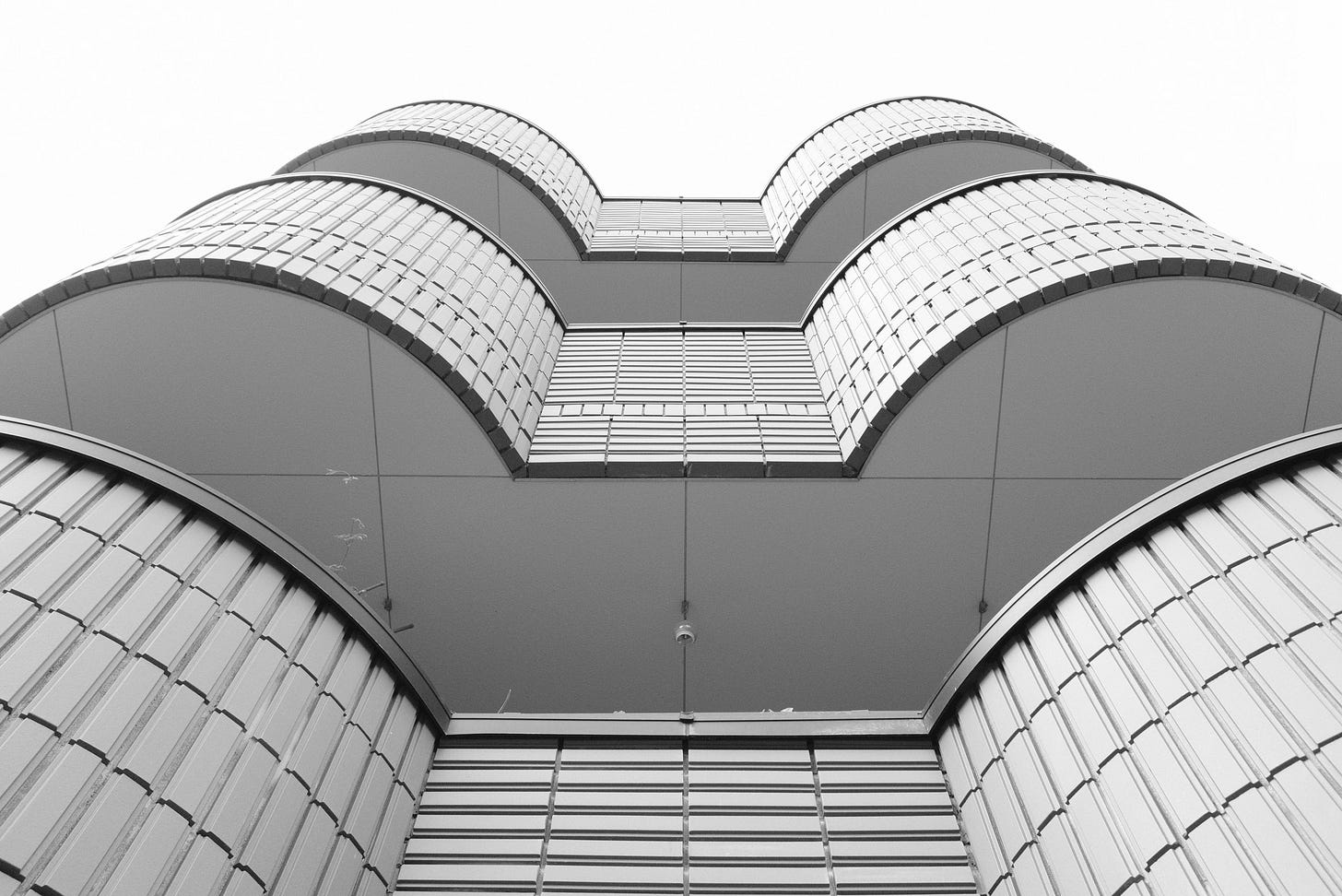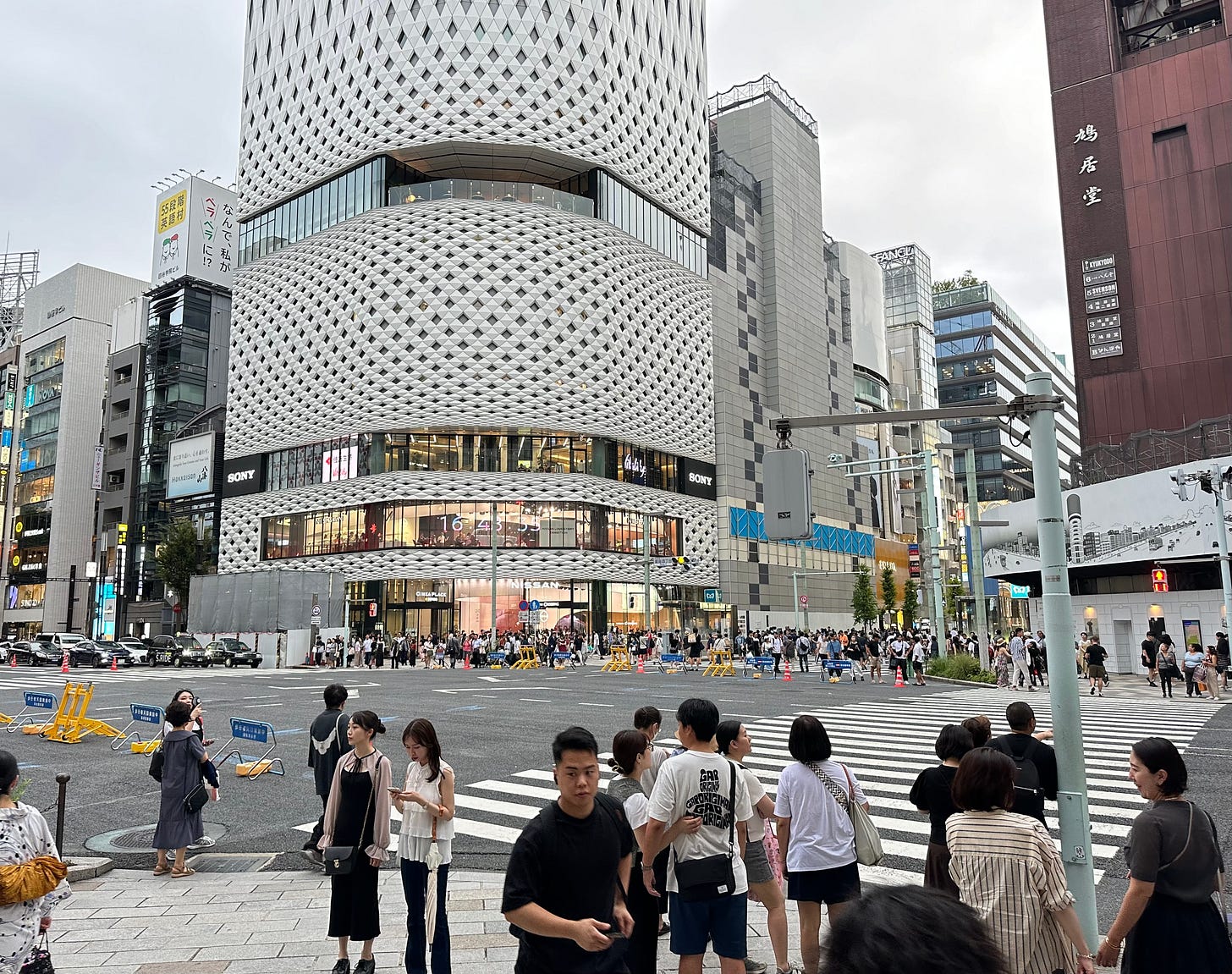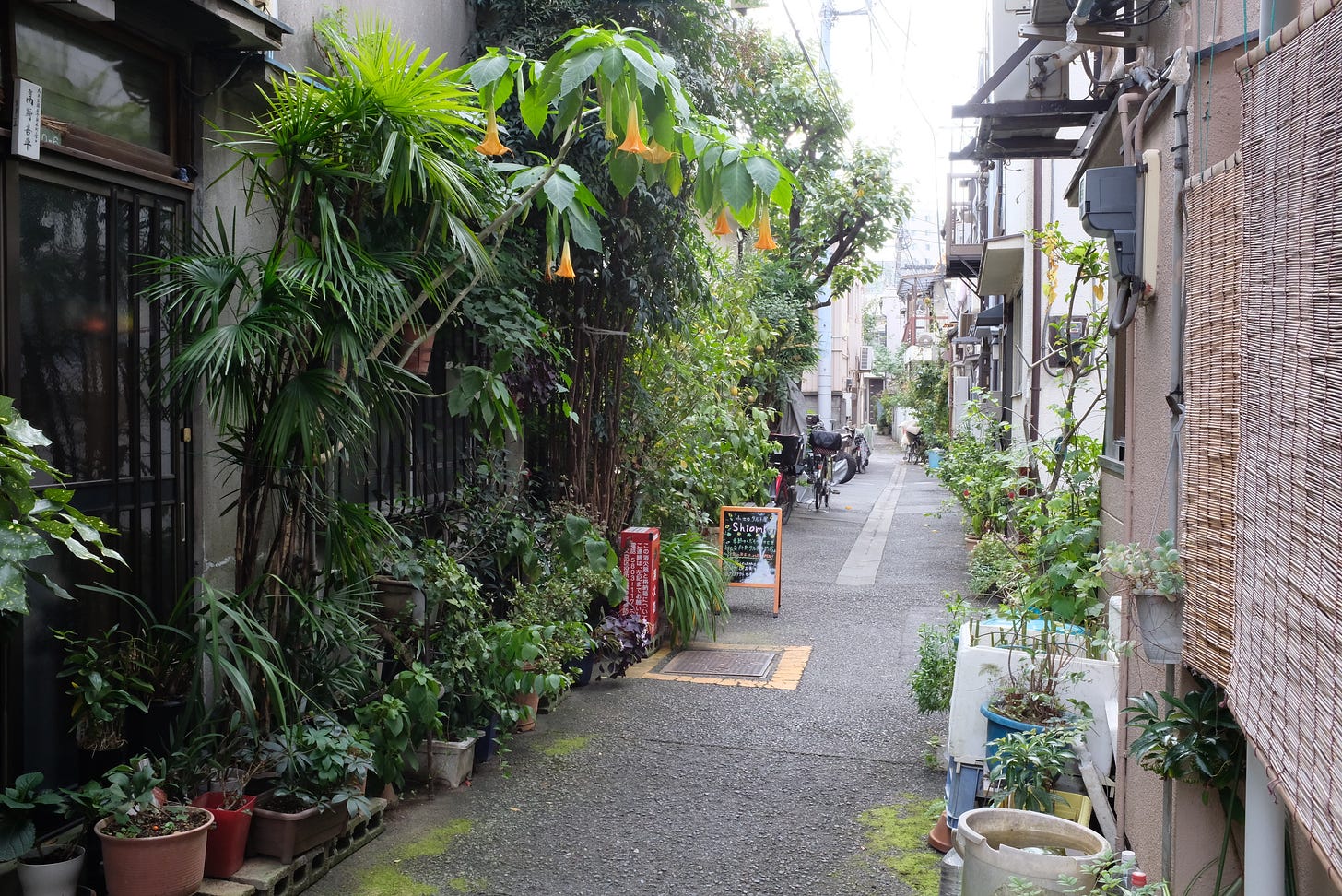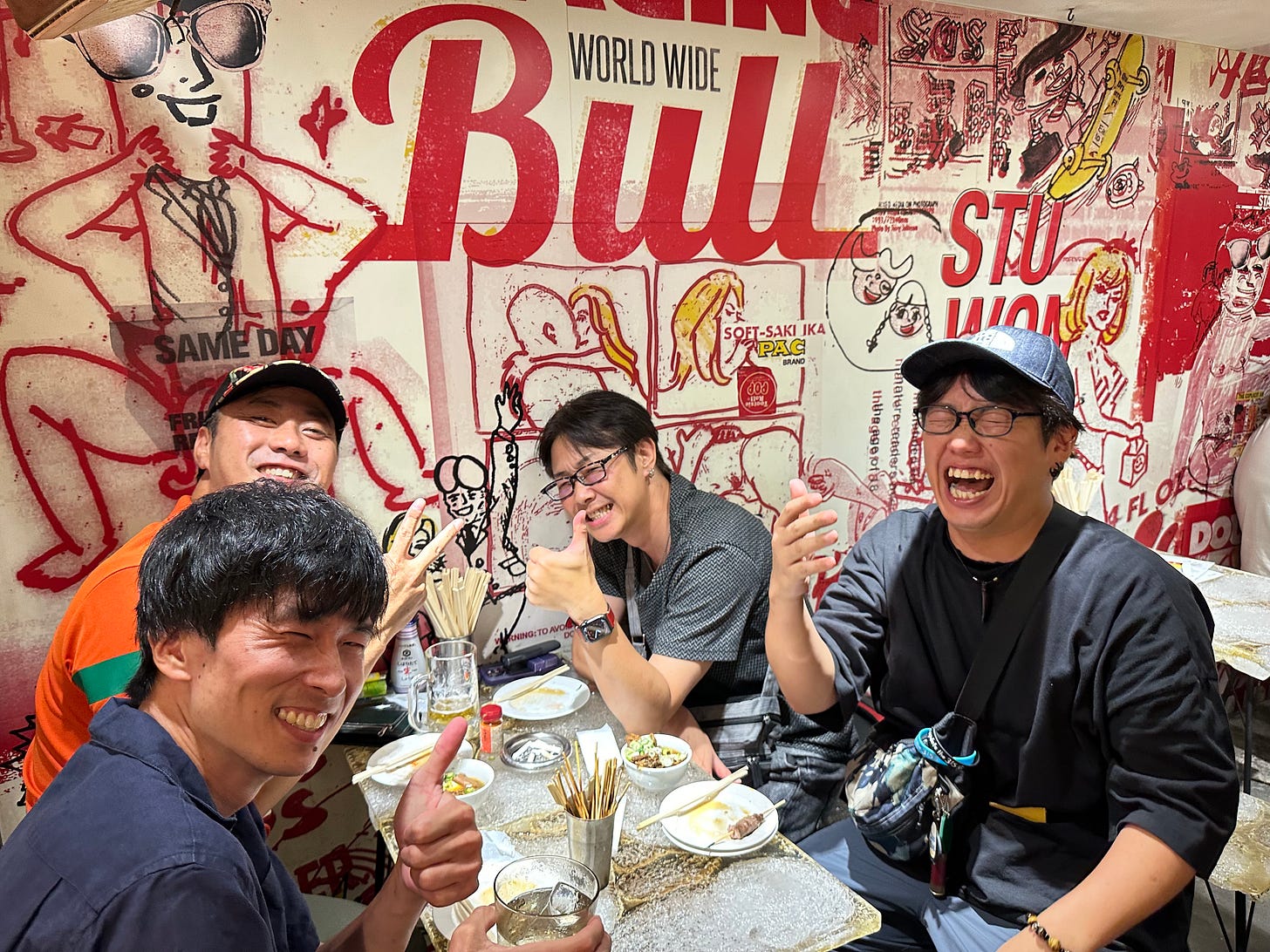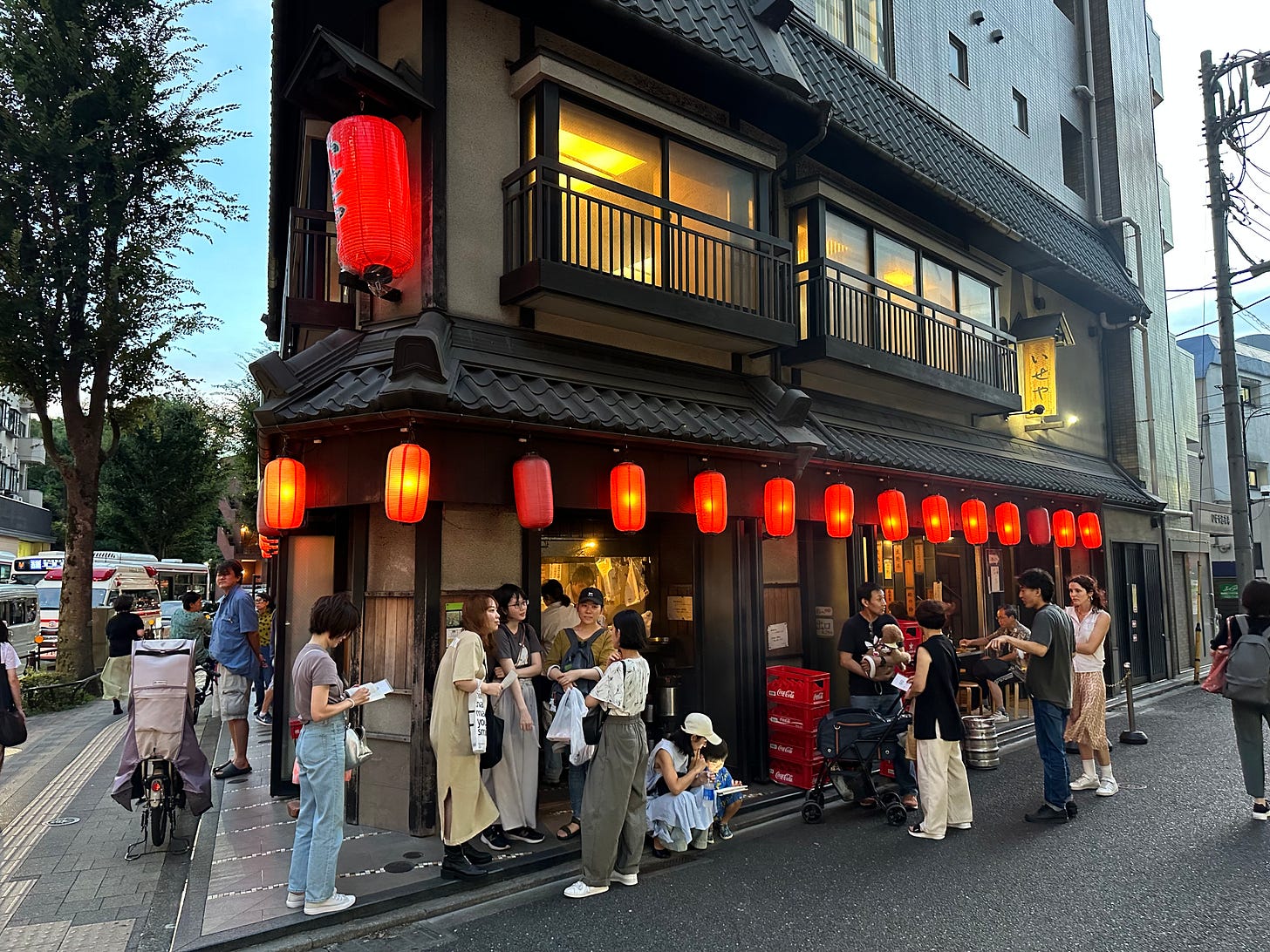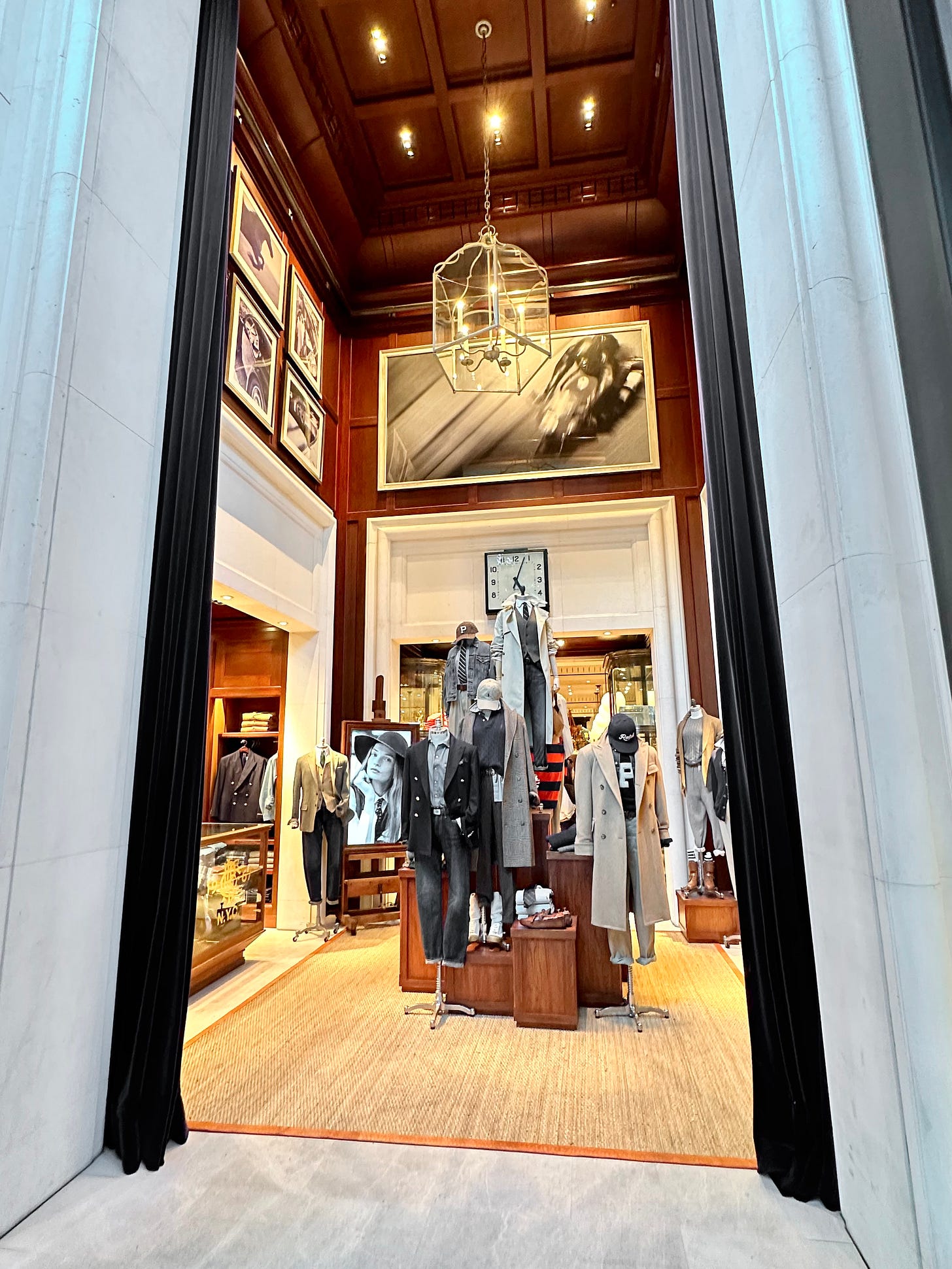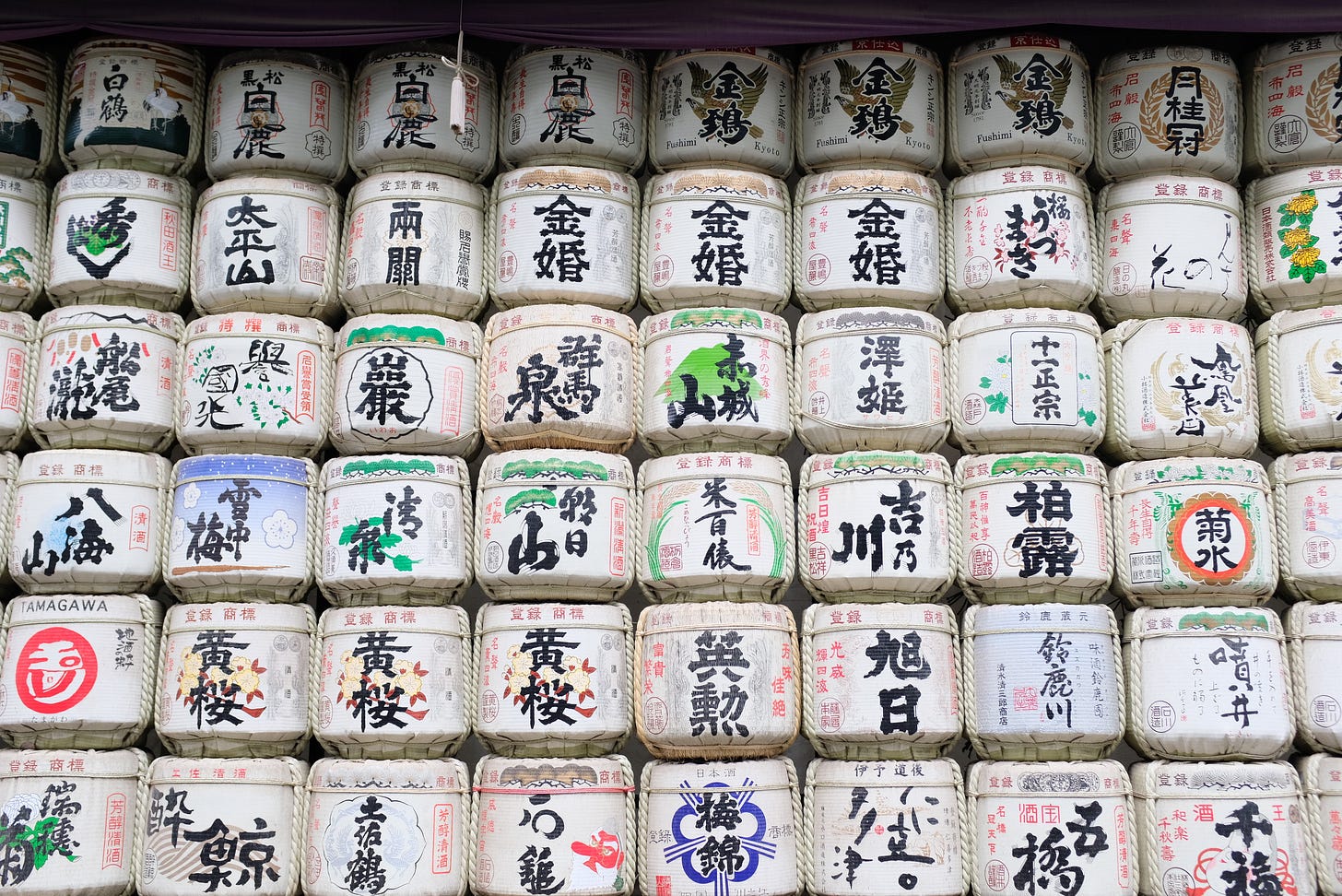Depending on whom you ask the population of Tokyo is somewhere between 14 million (central part of the city) and 37 million (greater metropolitan area). I don’t think we need to split hairs here. By any measure, Tokyo is absolutely, ridiculously enormous—indeed the world’s fullest head of urban hair.
37 million. That’s all of Canada in one city.
So, before we get into ‘Tackling Tokyo’, I should probably start by disabusing you of the notion that you can tackle Tokyo. It simply doesn't work that way. Tokyo has so much momentum, so much energy, so much moxy it will unquestionably tackle you. The question is how far can you get and how much fun can you have before it takes you down. And “down” is probably the wrong word, because there will be nothing negative about Tokyo’s triumph over you. To the contrary. Every time I’ve been to Tokyo I leave fulling exhausted, sure, but also elated, inspired, and intellectually energised.
Some Basics
Chances are you’ll arrive in Tokyo after a long flight (or two). While I understand time zone changes are a real thing, I suggest you treat jet lag as a fallacy. Hit the ground running and stick to the new clock as much as you possibly can. There is no time to spare. Remember, Tokyo is coming for you. Take this beautiful battle to the streets and walk, walk, walk. You will gain energy with every step. Trust me on this.
Think of Tokyo not as a city, but as a collection of cities (which it essentially is). It’s physically vast and each area has its own vibe. Do not try criss-crossing the city all day or working through a rigid see-and-do schedule. Instead, focus on one or two neighbourhoods or pockets of the city and let chance be your guide. I always plot things I may want to check out on a Google map (tips on that here) and then loosely explore that cluster, without getting too specific on how I’ll connect the dots. Allow time and space for the unexpected (Tokyo’s speciality). Follow your instinct—down alleyways, up elevators, into shops, wherever it takes you.
No matter how unique or obscure your area(s) of interest, you will find in Tokyo someone (usually a lot of someones) who shares your passion. This megalopolis is a nirvana of niches. Keen on mid-to-late 80s cassette tapes? No problem. Looking for vintage fly fishing vests from Montana? You’ll find them. Whatever itch you may have, Tokyo can help you scratch it. Let your curiosity run wild.
For a first visit to Tokyo, I’d spend no less than 3-4 days in the city. 5-6 days (perhaps a few days at the start of a Japan journey and a few days at the end) is ideal. If you have more time to spare, all the better. You could, quite literally, spend a lifetime in Tokyo and never grow bored.
Tokyo is not as uniformly gorgeous as Paris or London, and in many respects, I’d suggest it’s kind of physically bland, even ugly. There are, of course, areas of extraordinary natural (i.e. Shinjuku Gyoen National Garden) and built beauty (i.e. Meiji shrine), but a lot of the city is an excessively urban jumble of neon, tile, glass, and concrete. Go with well calibrated expectations and take comfort in knowing that Tokyo is speckled with jaw-dropping architecture.
Areas to Explore
The greater Tokyo area is roughly the size of Connecticut. I know, insane. The good news is that the central part of the city, and the pockets you’re likely to explore, are reasonably close together. The key to enjoying your time in Tokyo is balancing high intensity areas (i.e. Shinjuku, Shibuya) with more mellow ones (i.e. Yanaka, Daikanyama). This my short (and by no means comprehensive) list of areas to check out:
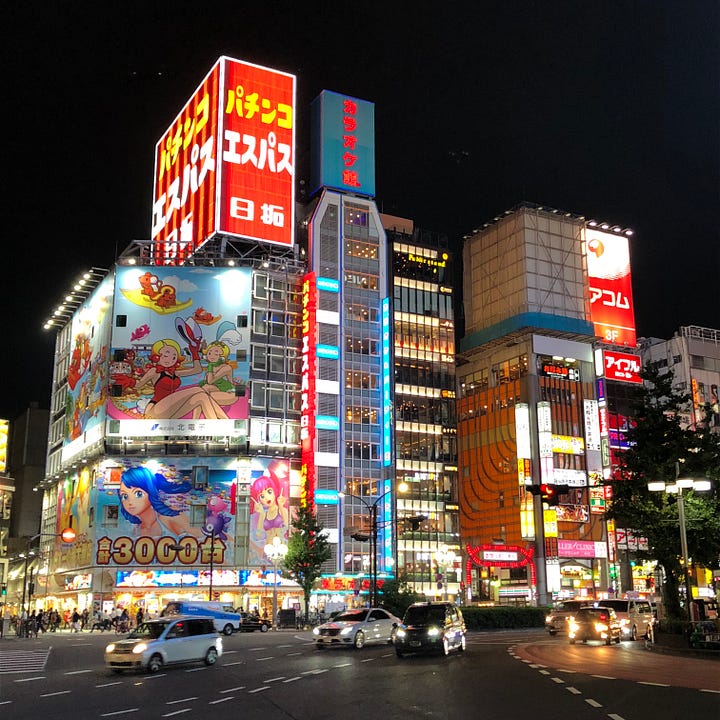
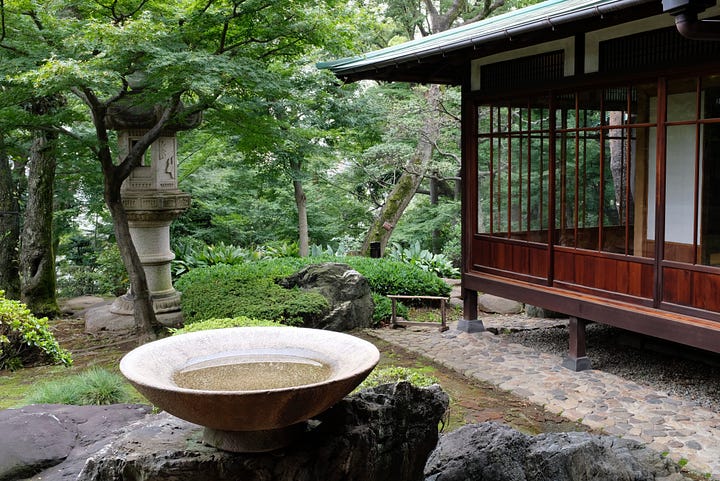
Shinjuku—If you’ve seen the movie Lost in Translation, you’ve essentially seen Shinjuku. Bright, bustling, and quickly exhausting.
Shibuya—Along with Shinjuku, this is Tokyo at its most intensely urban. Zillions of shops, gazillions of people, endless frenetic energy.
Harajuku—A big chunk of area between Shinjuku and Shibuya, where you’ll find several primo streets for shopping and people watching: Omotesando (a generous boulevard lined with tip top luxury retail, often housed in gob-smacking architecture), Cat Street (cool pedestrian thoroughfare with more of a NYC Soho vibe), and Takeshita (quirky street fashions, Tokyo teen culture).
Ginza—With its grid layout and dense mid-rise buildings, Ginza has a bit of a Manhattan feel and is a paradise for shoppers (as is everywhere in Tokyo, for that matter).
Daikanyama & Ebisu—Close enough to one another you can sort of consider them as one, even though they’re distinct in character. Daikanyama is a stylish lower key neighbourhood with smart boutiques, while Ebisu is known for great dining away from the Shinjuku/Shibuya fray.
Nakameguro—Another lovely laid back area, perfect for strolling and exploring. Quiet streets, peppered with charming boutiques and restaurants, lining the Meguro river.
Yanaka—This is one of my favourite neighbourhoods in Tokyo, or any city. Just a short subway ride north of Ginza, this area has an old school feel. Tourists have discovered a few of the main pedestrian streets, but mostly it feels like a real neighbourhood where people actually live. Wonderful for a half or full day of following your nose down quiet streets and alleyways.
Shimokitazawa—Another fantastic neighbourhood at arm’s length from the crush of central Tokyo. Dozens of incredible vintage clothing shops and more small restaurants than you could stomach in a year.
Kichijoji—Half an hour west of Shinjuku, this is about as far from central Tokyo as you’re likely to get. Largely off the map for most tourists, it’s a charming place to escape for half a day.
Asakusa & Kappabashi-dori—One of Tokyo’s more historic districts and home to the Senso-ji Temple (oldest and most famous Buddhist temple in Tokyo). I’m not actually so keen on this area as it tends to get smothered with tourists. Having said that, it’s worth a quick walk through on your way to Kappabashi street which is known for its knife and kitchen supply stores.
Eat & Drink
Tokyo has a hyper abundance of places to eat and drink in every imaginable style at every possible price point. I can’t think of another city that seems so determined to feed its residents and guests—and wonderfully well. I’m not going to pretend to have a worthwhile restaurant list up my sleeve. There’s just too much out there. But here are some general thoughts and a few favourites:
If you want to minimise your downtime and maximise variety, consider skipping sit-down meals and snacking all day (at least one day). As you’ve probably heard, 7-Eleven convenience stores in Japan are remarkable and a great source of healthy, fast, delicious, and super cheap snacks. There are also countless stalls and stores selling niche treats like deep fried meatballs (don’t mock them until you try one).
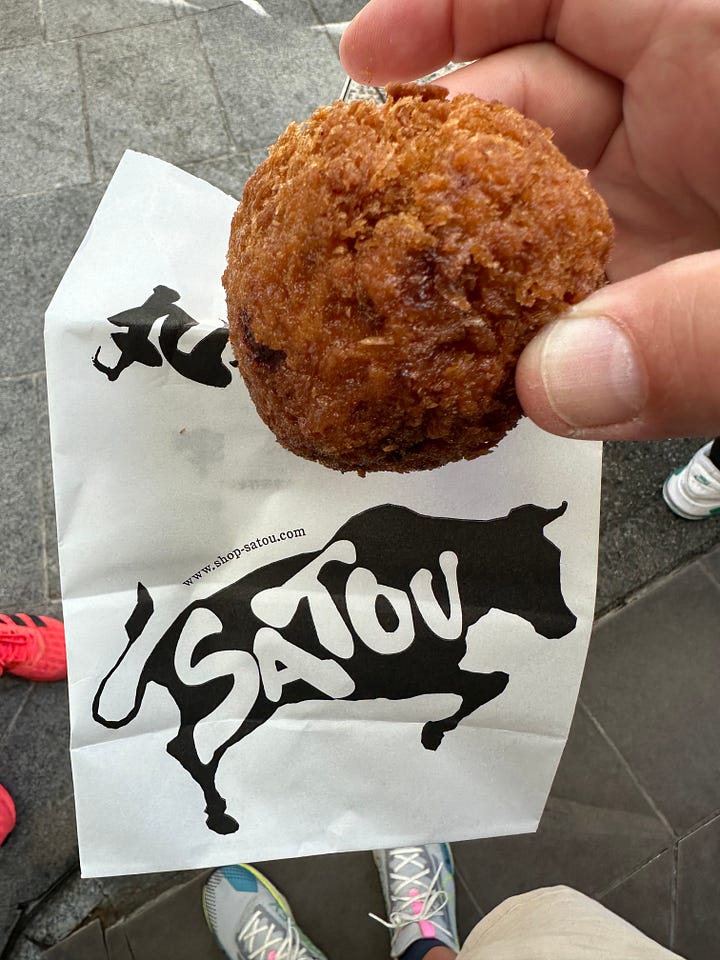
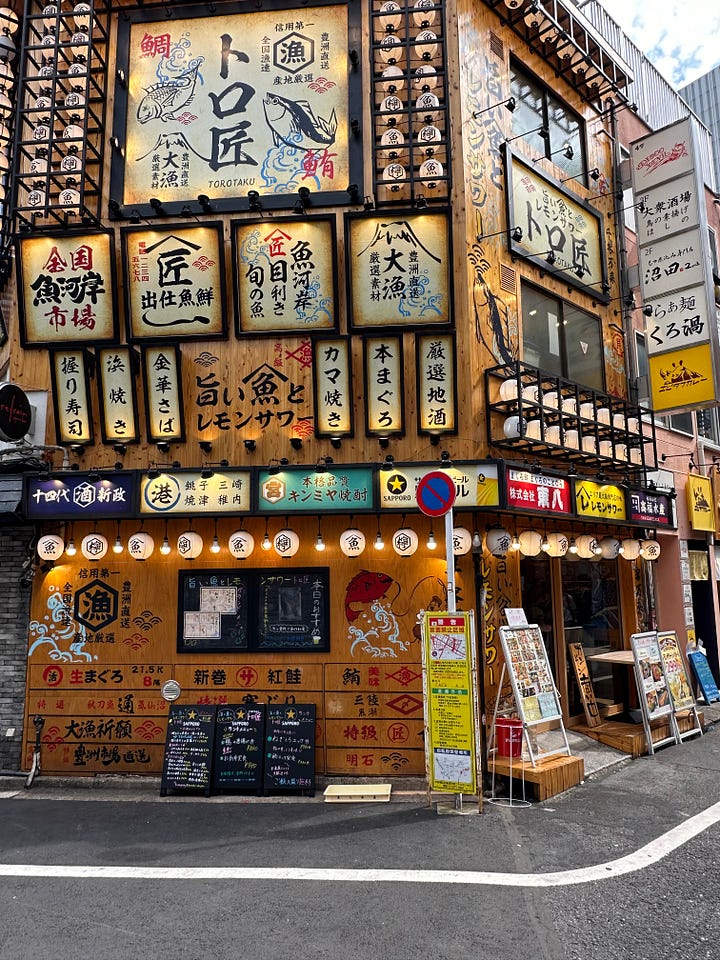
Culinary Backstreets has some incredible culinary walks in Tokyo (and two dozen other cities around the world). I recently took their Kichijoji tour, which was outstanding—a six hour cultural and culinary feast.
The high-end food hall in the basement of the Isetan department store in Shinjuku is kind of like Tokyo’s answer to the Harrod’s food hall. Incredible.
Unsurprisingly, Tokyo has a wide and eclectic range of places to grab a coffee. At one end of the spectrum are stylish third-wave cafés where you can expect interiors that look like they were designed by John Pawson, twenty-something baristas, and impeccable coffee art. At the other end are old-school kissaten coffee shops where the decor hasn't changed since the late 70s—expect dark wood, naugahyde seats, high-octane drip coffee, fluffy white toast, and a server who has grandchildren. Somewhere in the middle are totally unique-to-Tokyo caffeine experiences like Kayaba Coffee (perfect old-meets-new vibe) and the Starbucks Roastery (I’m not a Starbucks guy, but this temple to coffee roasting is something to see).
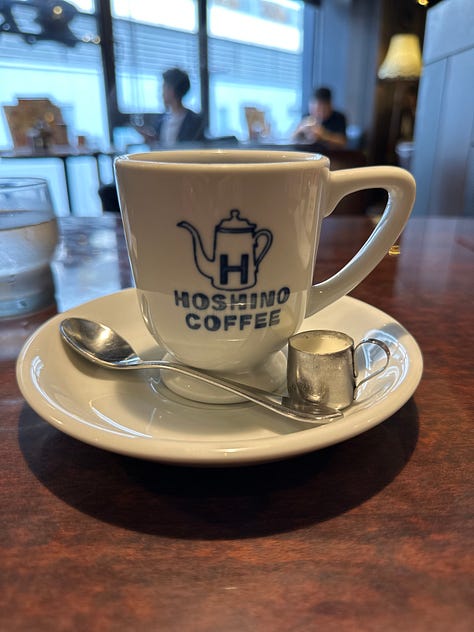
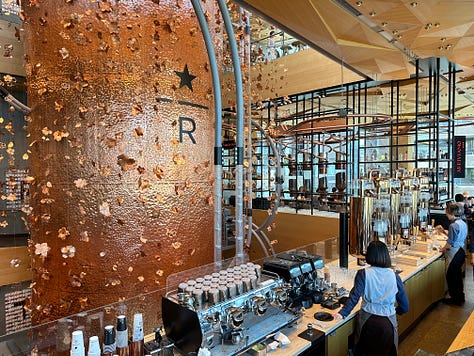

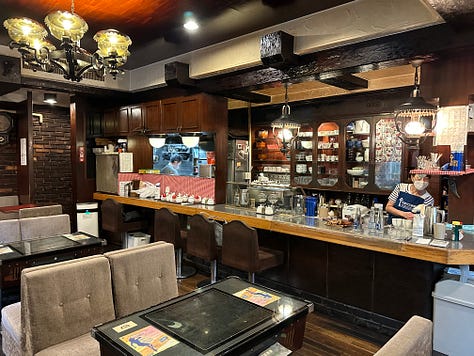
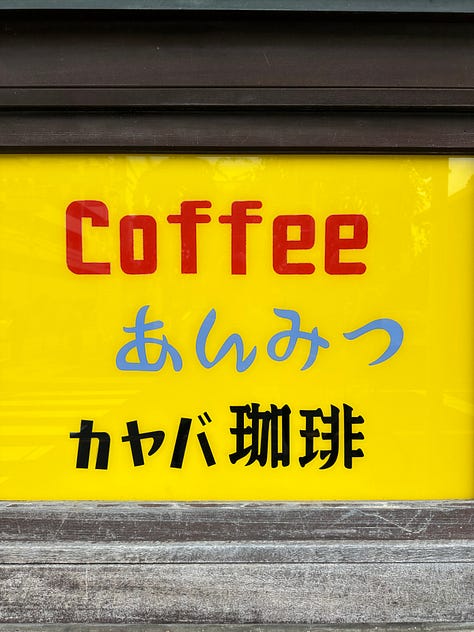
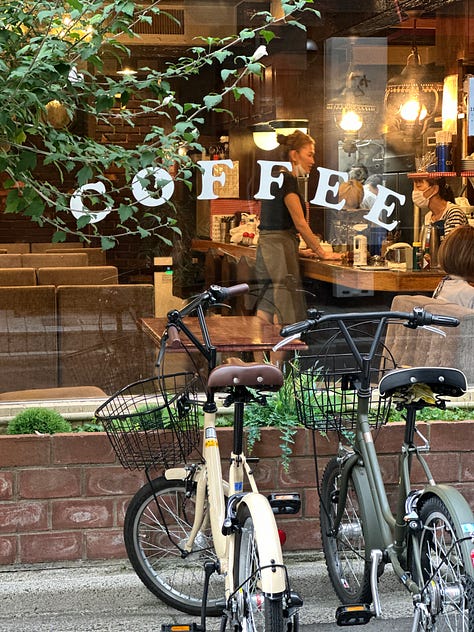
Perhaps my strongest advise is to sample as much of everything as you can handle. Sushi, sashimi, tofu, ramen, soba, miso, udon, bento, yakitori, kaiseki, mochi, and the scrumptiously named, shabu-shabu. Oh, and tonkatsu. On my most recent trip to Tokyo it occurred to me I’d never had proper tonkatsu, so I found my way to Ginza Bairin where I had a breaded, deep-dried pork cutlet that was so good I almost wept. Like everything in Tokyo, joy is found in the process of exploring. So roll up your sleeves and make some delicious discoveries.
The Japanese appear to be as fond of booze as food. One of the more distinct drinking experiences in Tokyo is the listening bar. Increasingly copied in cool cities around the world, the listening bar is so Japanese. As the label suggests, this genre of watering hole puts heavy emphasis on absorbing the rich, mellow sounds of tube amplifiers and vintage speakers. Bar Martha, where the staff actively discourage conversation, is a classic and truly a love it or hate type of place (as you’ll see on the Google reviews).
Stay
Another category filled with so many options it’s hard to know where to start or stop (or stay). I think the most important factor in choosing accommodation in Tokyo is deciding which part(s) of the city you’re going to focus on. You don’t want to waste time traversing the city, especially if your time is limited. Airbnb has oodles of great options and generally offers incredible value, so that’s where I typically look. Though I’ve never stayed there, Trunk Hotel is appealing for both its location and design. And one of these fine days I’m going to sell a kidney and stay at the Aman Tokyo.
Shopping
Whatever you thought you knew about retail, Tokyo will open your eyes a little wider. The depth and range of shopping experiences is totally mind-blowing—superlative in every way. You’ll see what I mean when you get there. A random mini-sampling of some favourites:
Ralph Lauren Omotesando—I’ve long been fascinated by Ralph Lauren (the man) and his ability to create worlds. From what I’ve seen (and I’ve seen a lot of their stores around the world) this Tokyo flagship store is the purest and grandest expression of the brand.
Shimokitazawa—If you’re into vintage clothing, definitely head to this neighbourhood where you’ll find dozens of incredibly well organized shops, each serving a specific niche.
Daikanyama T-Site (aka Tsutaya Books)—The most fabulous bookstore I’ve ever experienced. Give yourself at least an hour to explore this wonderland of print.
Muji Ginza—Another flagship store you need to see to believe. Don’t forget to stock up on snacks in the food section.
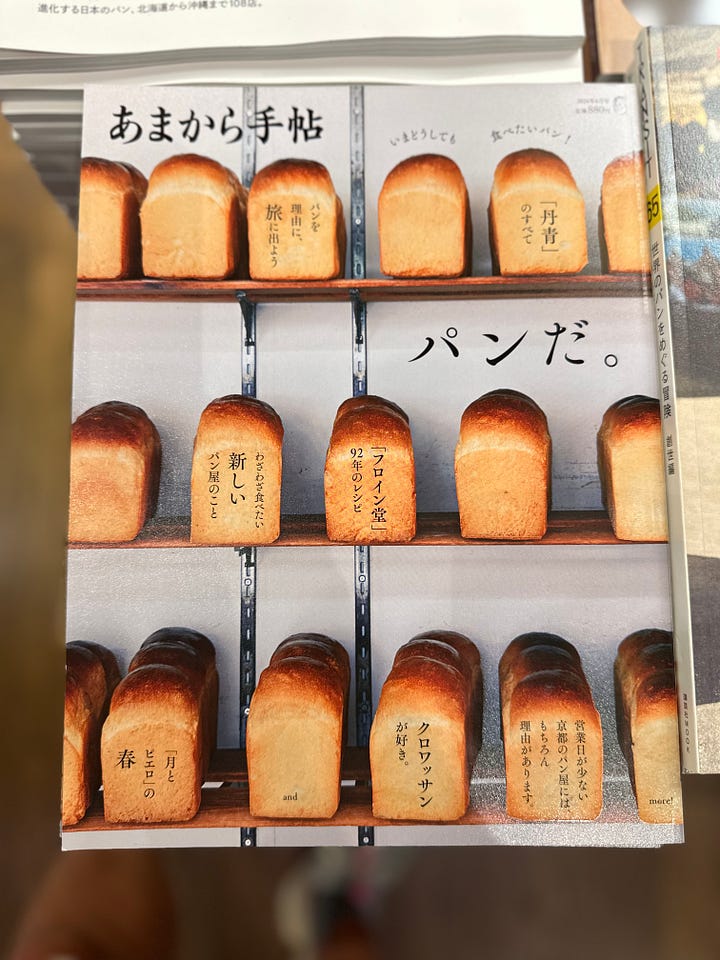
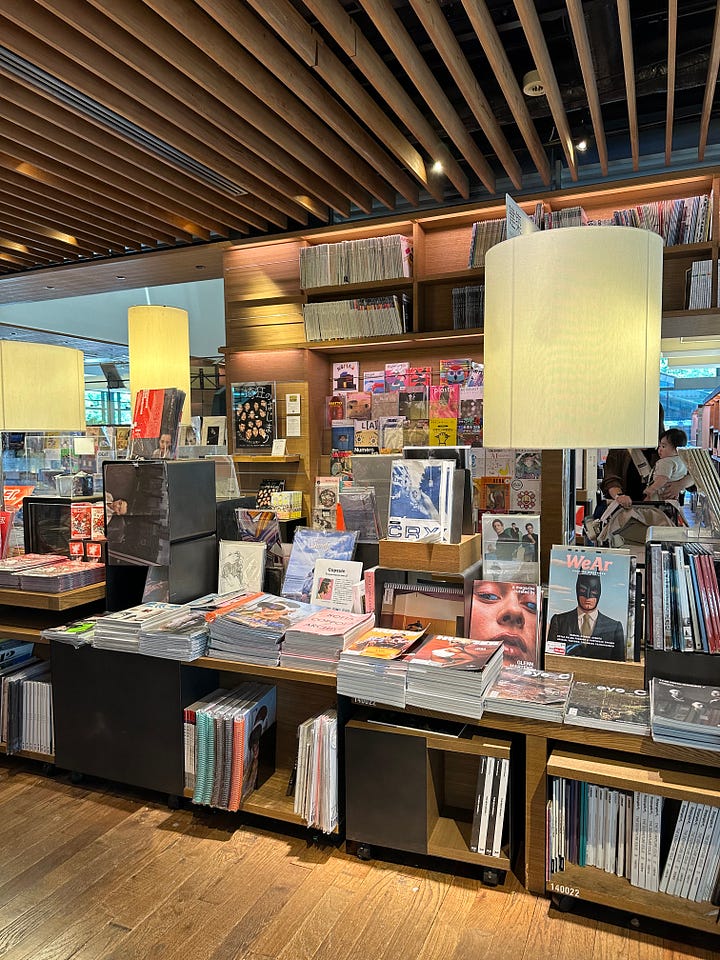
Nitty Gritty
My oh my, there’s simply too much to say about Tokyo. I’ll leave you with a handful of key observations that will help calibrate your expectations.
Tokyo is absurdly safe. You may get crushed doing the Shibuya Scramble Crossing at rush hour. But otherwise, the only thing that’ll hurt you is eating too much.
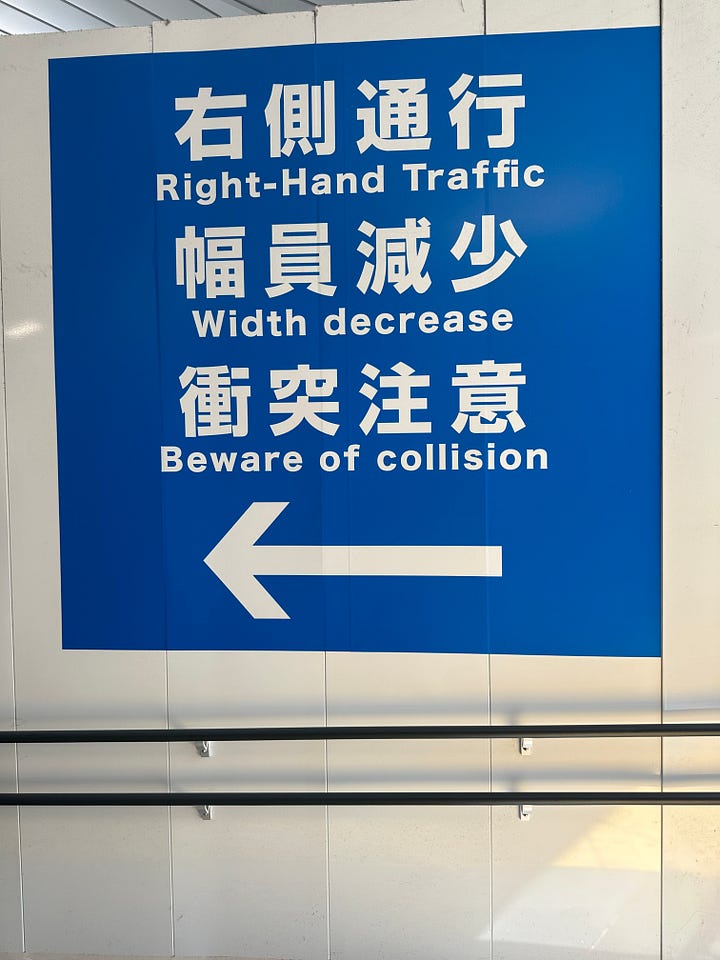
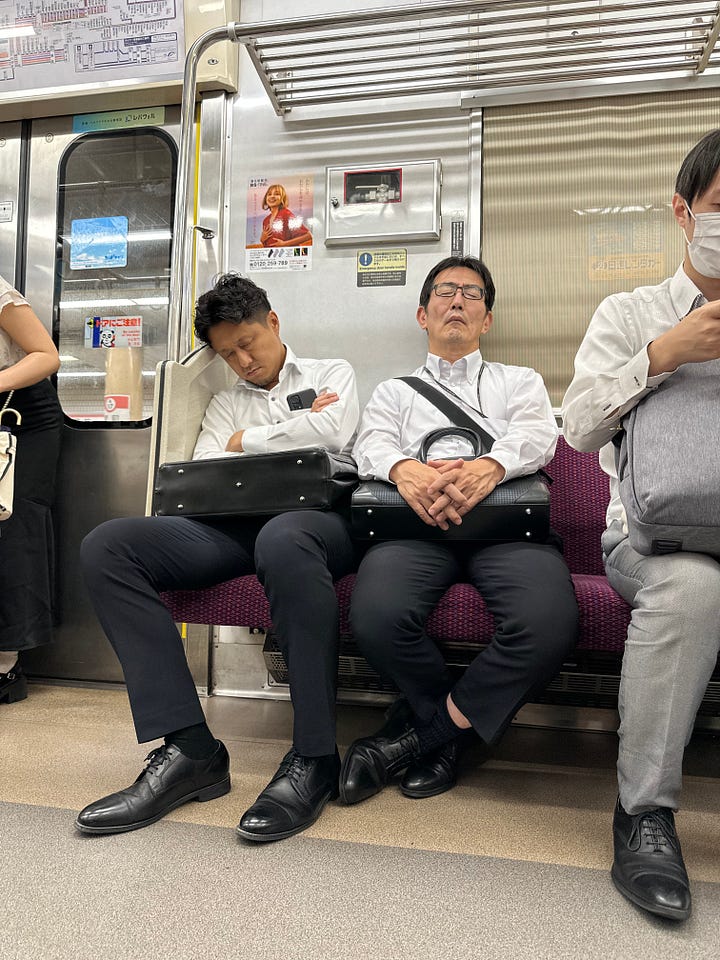
The subway system works brilliantly and is fairly easy to figure out. Walking in Tokyo is also highly recommended, as there’s much to see with every step.
For a city with so much energy, Tokyo starts slowly in the morning. It can be shockingly quiet at 10:00 am, but most things are open by 11:00 am.
English is fairly widely spoken.
Toilets everywhere and they’re almost always free. Garbage cans, on the other hand, are few and far between.
And there you have it. Tokyo is waiting for you. Tie those shoelaces tight and get cracking.


